Marisa Wojcik:
Welcome to “Noon Wednesday,” I’m Marisa Wojcik, a multimedia journalist with “Here & Now” on Wisconsin Public Television and today we’re talking about energy. Energy in Wisconsin, energy in the Midwest and last week a state appeals court upheld an approval of the Badger Coulee Transmission Line. Now this line bisects the state. It goes diagonally from La Crosse to Madison and so to talk to us about the bigger picture of energy is Professor Chris DeMarco. He’s a professor of power engineering at UW Madison’s Department of Electrical and Computer Engineering. Chris, thanks for being here.
Chris DeMarco:
Nice to be here, thank you.
Marisa Wojcik:
So to start, if I’m driving along 90, 94 and I see those huge power along the road, that’s the Badger Coulee Line, right?
Chris DeMarco:
Indeed, yes.
Marisa Wojcik:
Okay, why do those lines seem so much bigger than previous ones?
Chris DeMarco:
So they’re at a voltage level which kind of defines the scale and electric power transmission of 345,000 volts. That’s actually a level that’s used for a number of transmission line projects in Wisconsin and throughout the U.S. So it’s among the biggest of voltage classes, biggest of lines you’d see in Wisconsin but there are some other comparable lines. I think the scale to some degree you judge by how close you are to it. That may be a little closer to the highway right of way than some previous projects or others you might have seen.
Marisa Wojcik:
Are they bigger than lines from the past though?
Chris DeMarco:
No, 345 kV have been built for a while and locally here for example the transmission line that runs along the belt line path from Cambridge out to Middleton is of that same voltage class, 345 kV. Now that said, there are some distinguishing features even given the voltage. You can make a line of that voltage level carry a little more or less power, roughly speaking, based on big the wires are but most of them of that class are gonna be of similar physical scale.
Marisa Wojcik:
And what kind of power are they carrying? Is it power from coal plants, is it solar, is it wind? What kind of energy are these lines able to transfer?
Chris DeMarco:
So in a sense electricity is, shall we say, agnostic about the source once it’s flowing on the wires, once it’s on the lines themselves. So it’s really kind of hard to say precisely what contribution, what share of the electrons on a given transmission path come from a given source. You can make some rough judgements if there is a geographic area that the line begins in and it tends to carry power in a direction away from that, you can ask the question of what is the mix of power plants in that area but a given transmission line really can wind up carrying electricity that, roughly speaking, is produced over a pretty large geographic footprint.
Marisa Wojcik:
And did the lines connect just in Wisconsin or do they connect to other states, how does that work?
Chris DeMarco:
So, certainly the trend probably since the early 1960’s has been greater interstate connections in the U.S. Wisconsin’s probably a little late to the game. Historically, we had fewer connections to outside states. That was one of the concerns raised when what I would identify as kind of the most recent push towards greater construction occurred in the late 1990’s, early aughts. The fact that Wisconsin had relatively limited ability to import or export power from other states was a concern and I think some of the build out that’s been seen in the last twenty years really is directly designed to increase those ties to other states.
Marisa Wojcik:
And so, kind of going back a little bit to the late 90’s, Wisconsin in general was kind of struggling with keeping up with energy demands, right?
Chris DeMarco:
Yeah, there was a general concern and I think kind of a poignant highlight was summer of 1997. A number of industries were asked for voluntary reductions in power because utilities were concerned that they couldn’t maintain reliability if everybody, shall we say, consumed at their normally planned rate and that pushed for significant stay effort to ease the construction of new infrastructure.
Marisa Wojcik:
But a plan was made to kind of ramp up our energy production capabilities, right?
Chris DeMarco:
I’d say both energy production and then, as we were alluding to, kind of energy import export. And I think the larger picture beyond Wisconsin during that same period, mid to late 1900’s or 1990’s rather, in the early aught’s, at a federal level, the Federal Energy Regulatory Commission was pushing towards what people broadly describe as restructuring but I think if you step back a bit you could view it as pushing for a more regional approach to electric energy and that culminated in the formulation of what was originally the Midwest Independent System Operator, MISO as it goes by, now the Midcontinent Independent System Operator as they’ve expanded. But that really did mean a transition of a lot of the planning and decision making. Not exclusively to this more regional body but certainly to a greater degree than had been true in the past when things a lot more localized to the state.
Marisa Wojcik:
So we were short in the 90’s and then we made this plan to build out and then we were increasing our energy demands after the 90’s but then that changed when the recession hit, is that right?
Chris DeMarco:
Yeah, so historically electricity demand grew in fairly tight synchronism with growth in the economy, growth in population, sort of what one might intuitively expect. With the 2008 economic downturn you certainly saw electricity demand drop off somewhat in the following year, both here in Wisconsin and nationally but the trend that has surprised people somewhat is in the years since 2008 as the economy has recovered, electricity demand has stayed fairly flat and particularly so in Wisconsin.
Marisa Wojcik:
Do we have any idea why?
Chris DeMarco:
I think most folks would say it’s a mix of some economic effects initially, certainly as the economy slowed down you might have expected a number of flat years. We’ve had not as lengthy an economic recovery as we might like but a few years of history to look at now when the economy’s certainly gotten better and most significantly within the last year, three years, it doesn’t seem that the demand is jumping back up with that and in some sense that has to be greater efficiency at some level. One of the easy technologies to point to is LED lighting. Historically, lighting’s maybe 15, 20 percent of load demand depending on what segment and what area you’re looking at, so to get a new technology that’s getting pretty widespread adoption, on the whole LED lights really are more or less replacing both traditional incandescents and then compact fluorescents that were maybe close in efficiency. Quite frankly I think most people just didn’t like the light quality and it didn’t take off quite as well. LED’s really do seem to be taking off but there may be more subtle trends at work as well. There’s a lot of electricity used that basically boils down to some conversion to rotating mechanical energy, motors, and our technologies for using motors are certainly improving tricks to run motors at variable speeds so you kind of perfectly match what the motor is doing to what the actual load needs, whether that’s a variable speed fan in heating and air conditioning or variable speed pumping. These are other sources of increased efficiency where the technology has really significantly improved in the last ten years and probably is starting to see widespread adoption.
Marisa Wojcik:
So even if population and economic health goes up but our efficiency goes up, our energy usage might stay stagnant. Are we able to predict at all or is the model just kind of thrown out the window? Do we not really know right now?
Chris DeMarco:
There are certainly efforts to make predictions and for the U.S. one of the agencies that’s charged with a lot of the statistical studies and then predictions is the Energy Information Agency that’s a branch of U.S. Department of Energy and they come up with what they describe as scenarios. Each year they do an annual energy review and make sort of their best estimate looking forward typically about twenty years. Even they will freely admit they haven’t had a perfect historic track record. You try and look forward twenty years and you’re wrong pretty often. But at present I think the most recent estimate I saw from them was something about, on the order of half a percent or percent growth in load once these initial efficiency gains kind of settle down. At some point once everybody has the more efficient stuff then it’s still gonna be true that load will go up with population and the economy but maybe not as fast. Historically, through the 90’s our load growth in Wisconsin was maybe two to two and a half percent per year. Go back further and it was even faster than that. Now, if you believe these predictions coming out of Energy Information Agency, we may be down to half a percent to one percent once the dust settles.
Marisa Wojcik:
So, right now, is Wisconsin fully utilizing the power that’s being transmitted over these lines that we’ve built?
Chris DeMarco:
So, I’m gonna hedge a little bit. You’ll get varying answers to that in part based on how conservative you want to be to ensure reliability. The electric power grid is a big geographically distributed and exposed infrastructure so it’s almost inevitable that you get individual pieces of equipment failing from time-to-time, things that have to be taken out for maintenance from time-to-time, and a lot of the balancing act in operating the power system and then planning kind of how much equipment and how much margin and that’s exactly how it’s described in operation, how much margin you wanna keep to make sure you’re reliable even if you get these failures of individual pieces of equipment. I think the sense that many of the utility companies have right now is they’ve arrived back at what they view is a comfortable margin for safe operation after a number of years when they were kind of nervous that that margin wasn’t big enough. I’m sympathetic to their viewpoint but it’s an important public policy question. How do you balance how much you build, how much you expend in essentially the public’s money because these many times have guaranteed recovery through customer rates and how much you impact the environment in exchange for what degree of reliability and margin and safety.
Marisa Wojcik:
And those rates are set by governmental agencies, right?
Chris DeMarco:
Well, we’re in kind of an interesting mix that I think a lot of lay people don’t recognize. At the higher level for the larger purchasers of power and then for example many times your local residential utility like MG&E is buying power in a marketplace where prices are changing now every five minutes so part of the Midcontinent Independent System Operator’s job is running this market. They’re a not-for-profit agency so they accept, which you can think of as sort of offers to sell from the generators, bids to buy from these larger aggregate customers whether a big industry or more often, kind of the, if you will, middleman of the utilities that sell to customers. Those prices vary with the market and change around quite a bit, even a five-minute-to-five-minute interval, but you’re right that to the end use consumer and to many commercial customers, they choose to buy into fixed predictable rates that are set by the public service commission or set through oversight with the public service commission.
Marisa Wojcik:
So the consumer doesn’t have much choice, they can’t shop around.
Chris DeMarco:
For a smaller residential or commercial customer at this point in Wisconsin, no. There are places to a limited extent in the U.S. and to a greater extent elsewhere, where folks have experimented with, shall we say, exposing the end use consumer to these time varying rates. They’re on average lower but they’re also very volatile. They can go very high for short periods of time and on average times be lower.
Marisa Wojcik:
So, looking ahead, we’re getting wind energy from Iowa and we’re also getting–
Chris DeMarco:
Western Minnesota and elsewhere.
Marisa Wojcik:
Is Wisconsin on its way to more solar energy, wind energy, other new sources of power?
Chris DeMarco:
I think the, again leaning on the best predictions available, the price particularly of wind power is now very competitive with that of natural gas and more traditional generation sources. So I think both from sort of general price trends and to the extent wind developers have expressed their plans and interests in building more plants, there’s a whole process where they put out tentative plans, again to this MISO organization, so that interconnections and other things can be planned, it certainly looks like wind will have a growing share and will be a significant piece of what’s built in new generation in the, I can say broadly, Upper Midwest. Natural gas continues to be attractive price-wise. The general sense seems to be that you’re not likely to see much of other sources at a large scale in the Upper Midwest but photovoltaics are certainly coming down rapidly in price. We’re in a region where nature doesn’t give us quite as much in terms of the amount of watts per square foot coming from the sun so it’s a little harder to imagine photovoltaic will play a huge role here but as I say, predictions have been wrong pretty often. I don’t want to rule it out entirely if prices continue to decline.
Marisa Wojcik:
Well, Chris, thanks so much for being here. And if you like this interview, please share it and we want to hear from you, please leave your comments. For more from “Here & Now” and Wisconsin Public Television please visit wpt.org and thanks for joining us on “Noon Wednesday.”
Search Episodes
News Stories from PBS Wisconsin

Donate to sign up. Activate and sign in to Passport. It's that easy to help PBS Wisconsin serve your community through media that educates, inspires, and entertains.
Make your membership gift today
Only for new users: Activate Passport using your code or email address
Already a member?
Look up my account
Need some help? Go to FAQ or visit PBS Passport Help
Need help accessing PBS Wisconsin anywhere?

Online Access | Platform & Device Access | Cable or Satellite Access | Over-The-Air Access
Visit Access Guide
Need help accessing PBS Wisconsin anywhere?

Visit Our
Live TV Access Guide
Online AccessPlatform & Device Access
Cable or Satellite Access
Over-The-Air Access
Visit Access Guide
 Passport
Passport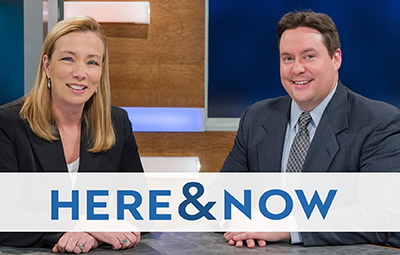


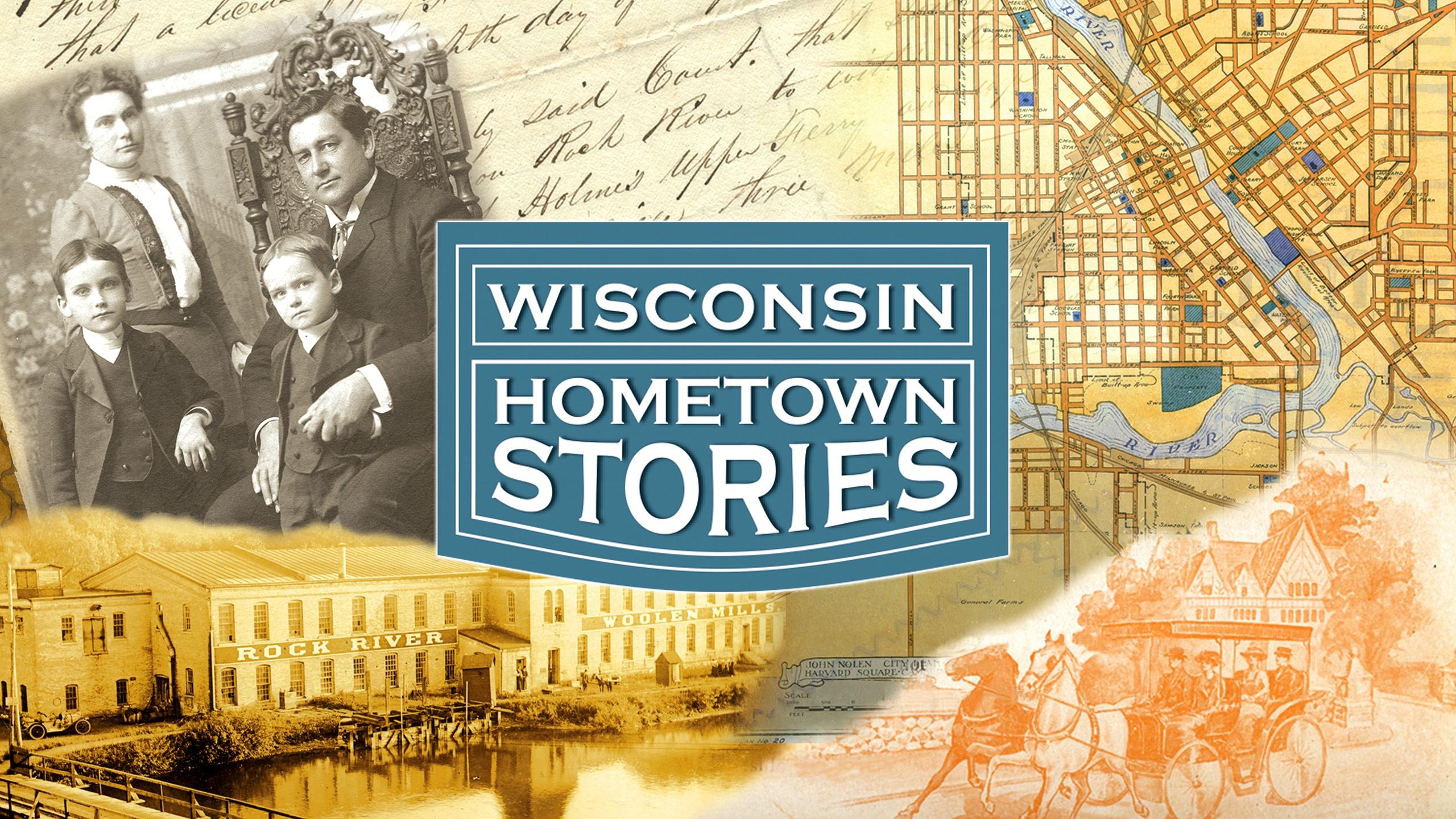


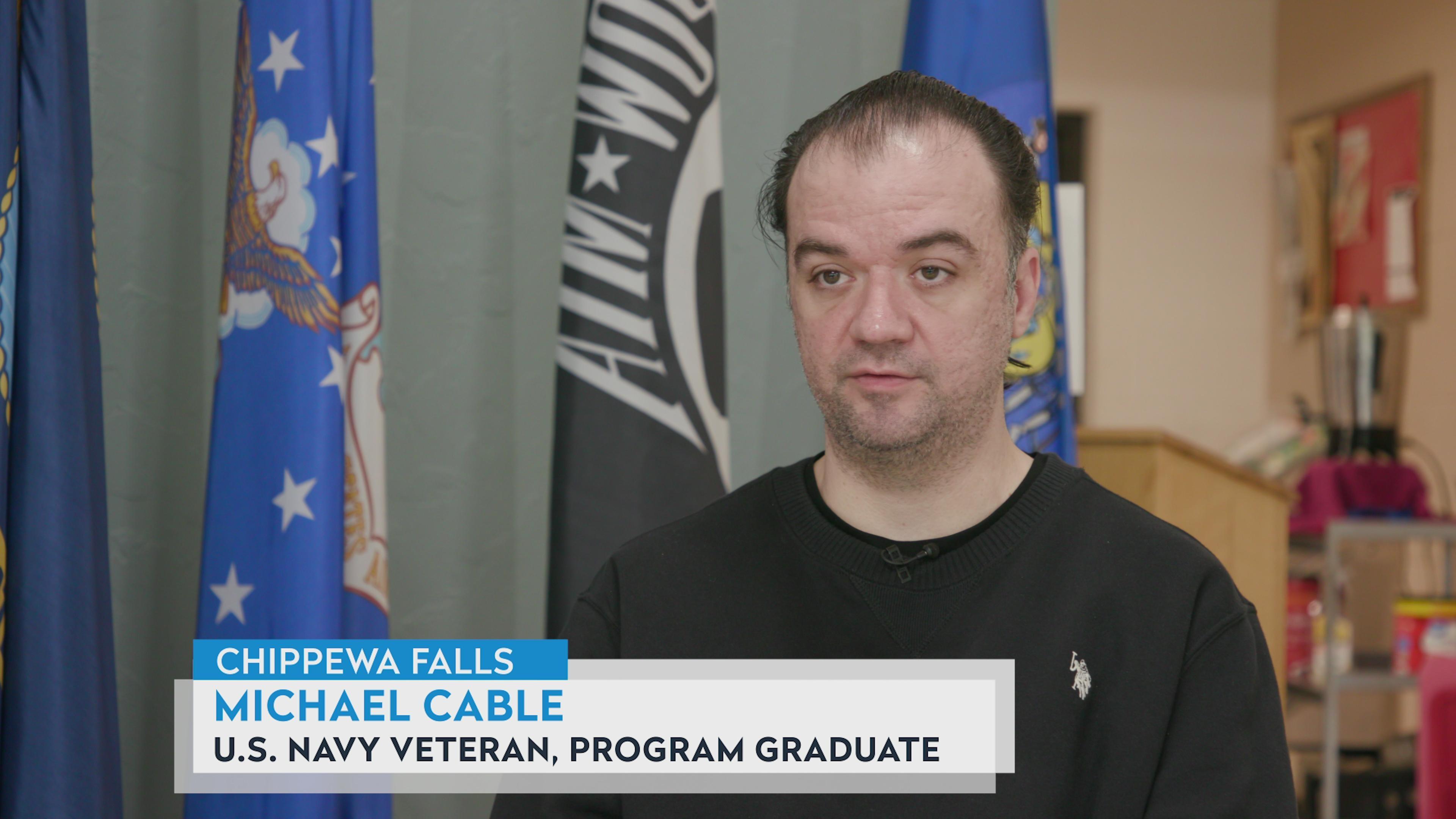
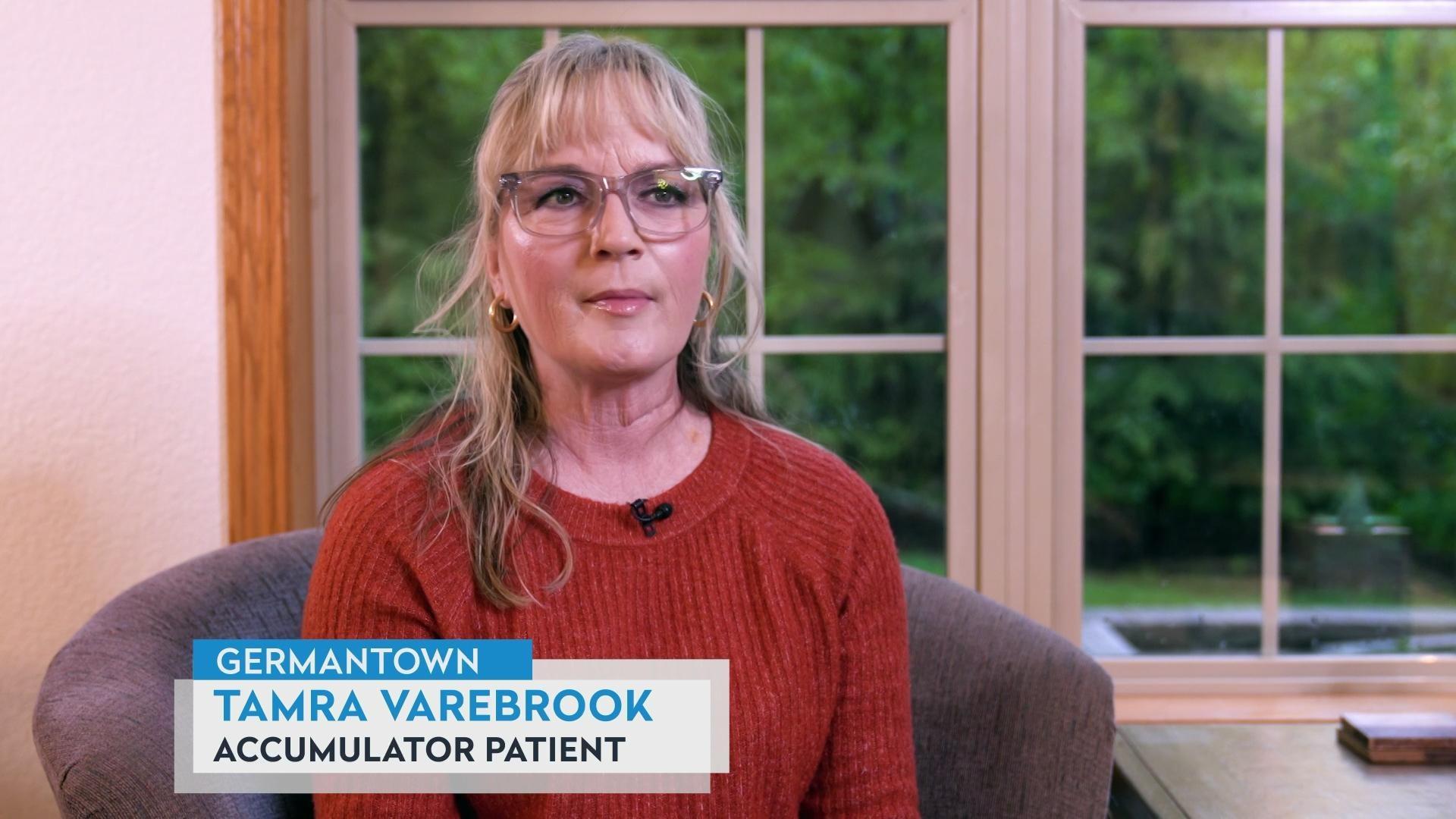
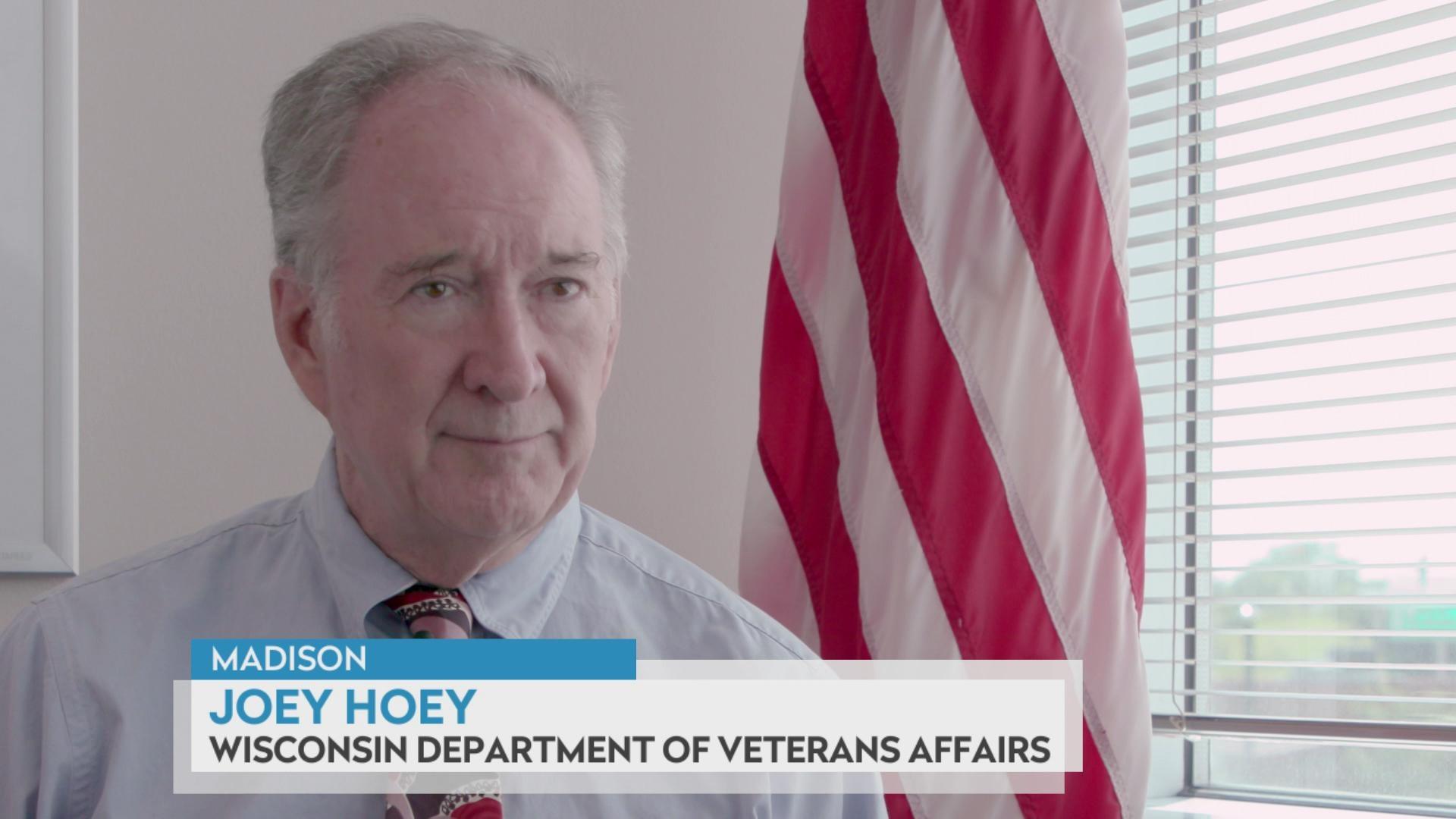
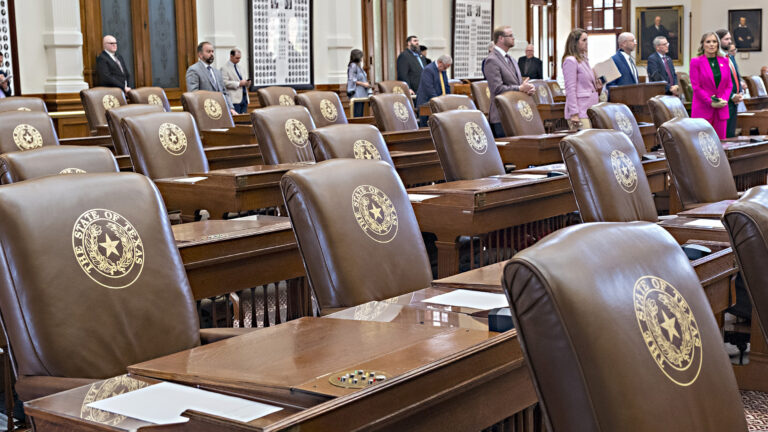
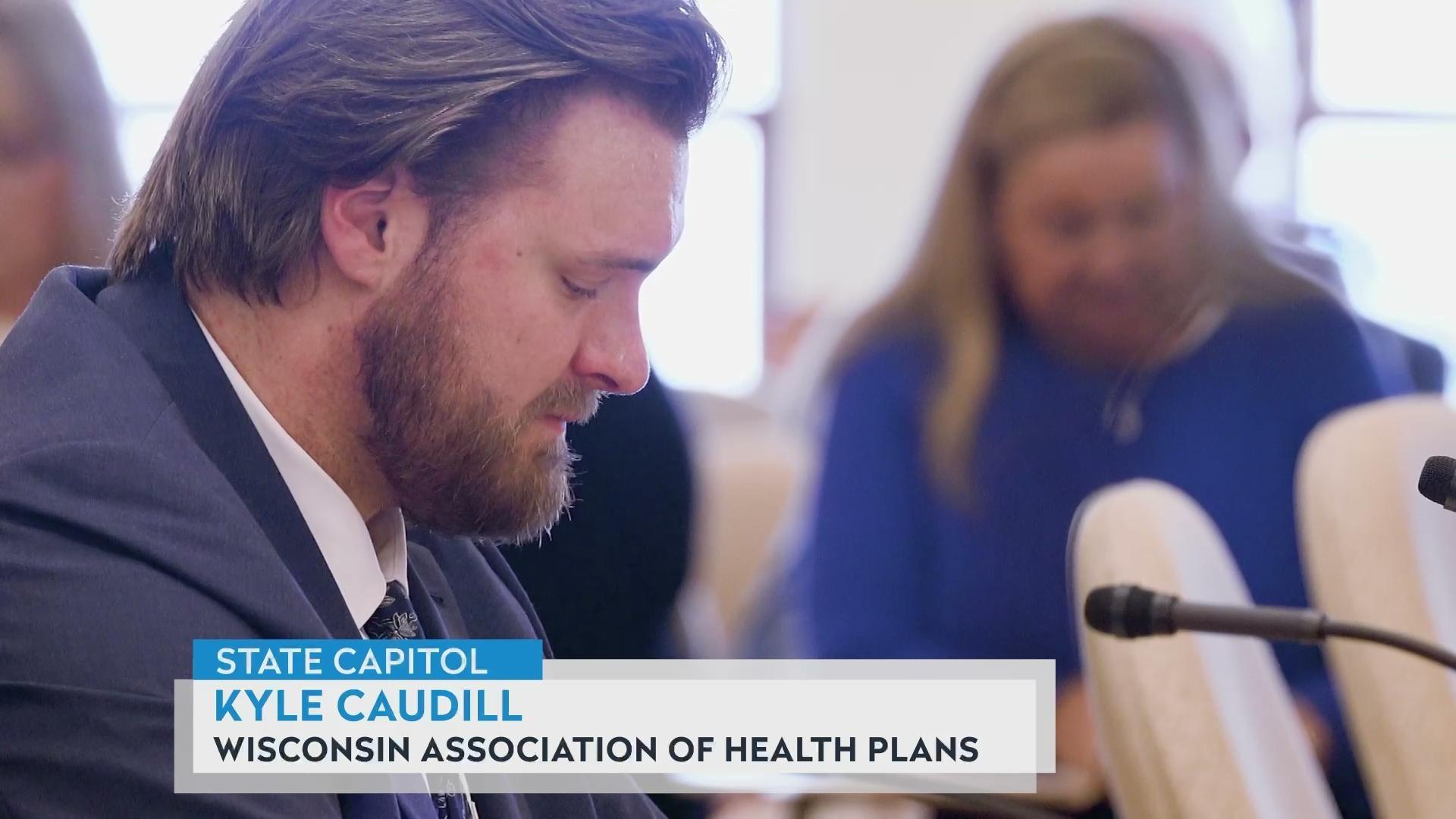
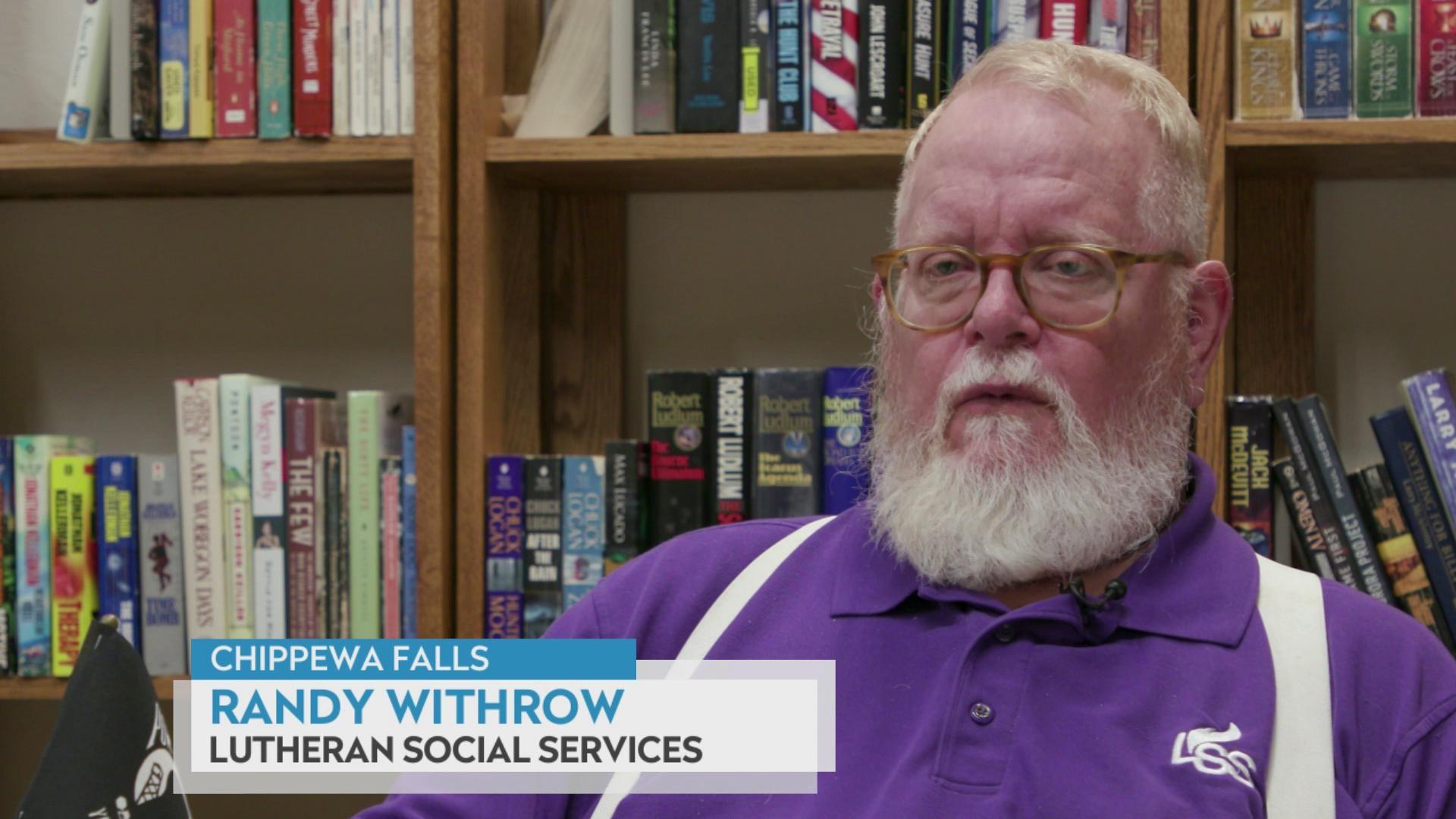
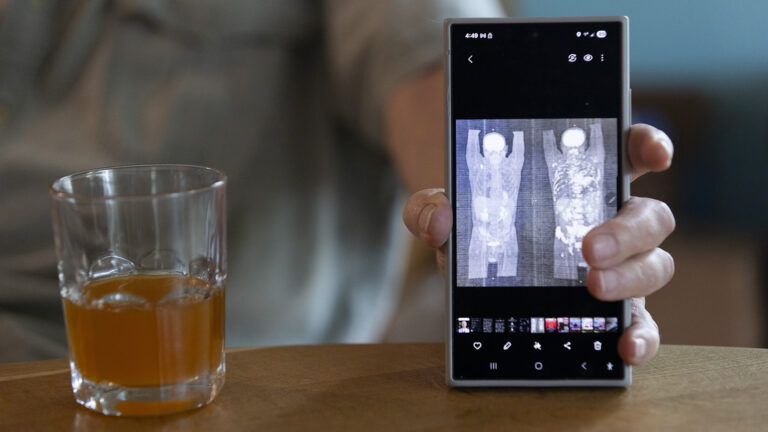
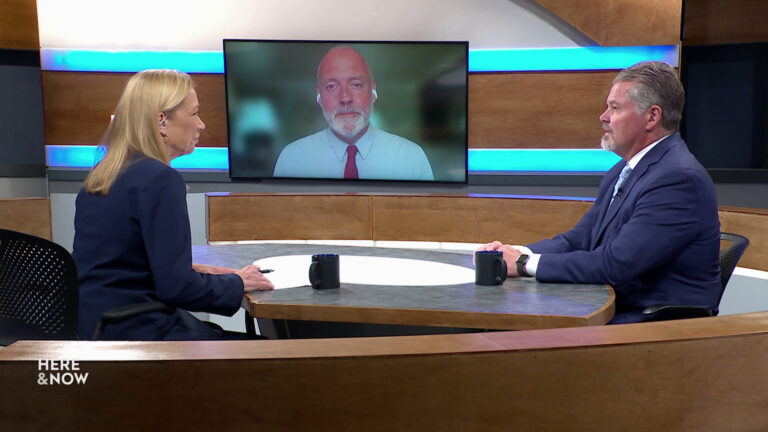

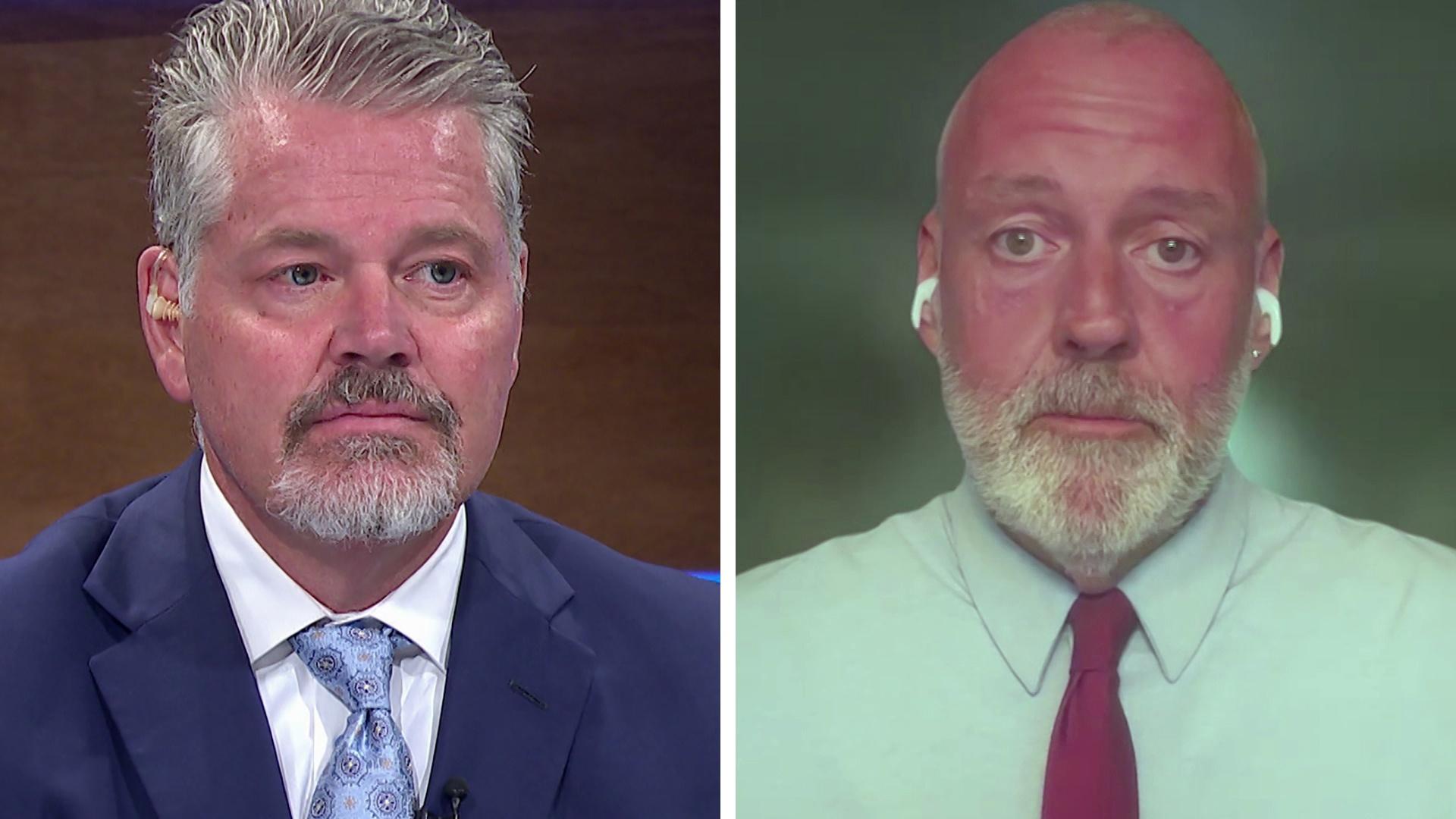
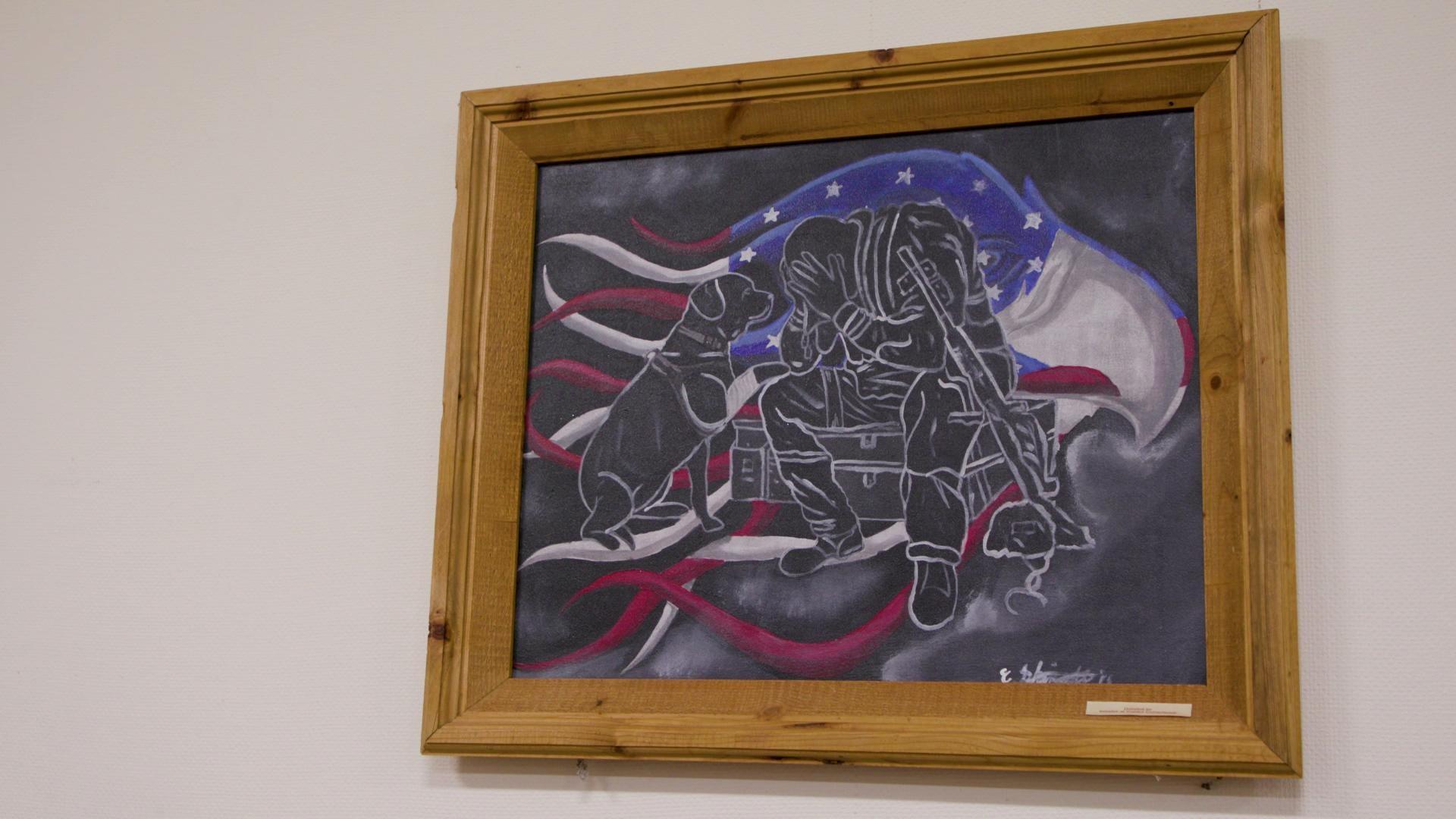
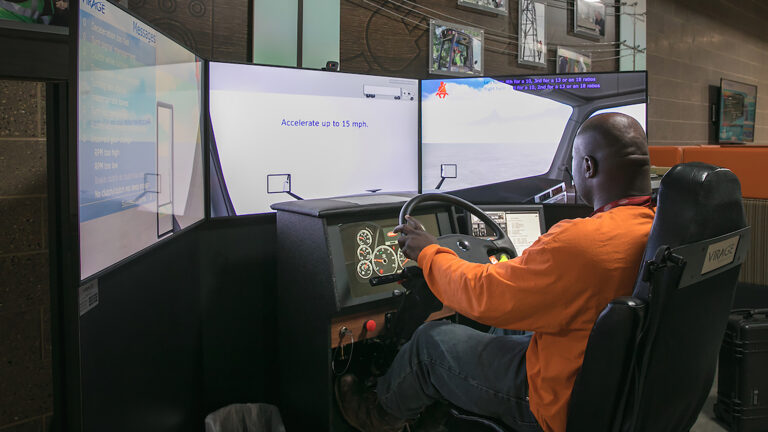

Follow Us